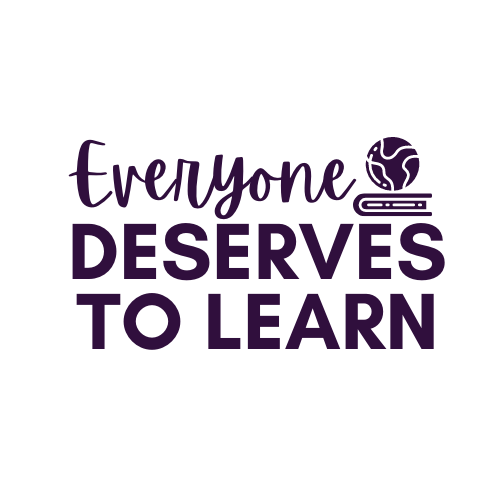Strategies for English Language Learners
It's not easy to be an English Language Learner in the USA. In fact, the odds are somewhat stacked against our ELL's. We're asking them, from the minute they set foot in a school, to learn specific content-area vocabulary at their grade level, when in reality, they may not have the background education, knowledge, or experiences to be able to keep up with their classroom peers. There may also be environmental factors that affect their ability to attend or focus at school. So how can we reach them?
1. Get off on the right foot.
2. Get to know your student.
1. Get off on the right foot.
- Start by making your classroom a place your students want to be.
- Here are some great ideas to welcome the ELL's in your class.
2. Get to know your student.
- Learn where he came from, how he got here, who he lives with, and any information you can about his culture and customs. Use that information to make slight adjustments within your room to make the student feel more at home.
- Find the student's proficiency level. In NJ, we use WIDA, which provides us with Can-Do descriptors.
- You can think of "Can-Do's" like an IEP: it's a summary of what students can be expected to achieve. Here's a teacher friendly version- just click the picture to download.
3. Assume nothing!
- Just because it happens in the USA doesn't mean it happens around the world. Many of my refugee students come from cultures where birthdays aren't celebrated. That makes it difficult when you want them to read and answer questions about a book called "Susie's Surprise Party!" Not only does it make it difficult to understand the concept, but the students may feel ashamed of not knowing, and therefore become alienated.
- Many students come to the US without the experiences that our students take for granted. We can't assume that ELL's have been to the beach, rode a roller-coaster, gone camping, or trick-or-treat'ed with friends.
- If you know that this week's guided reader is about camping, take a quick needs assessment to see if your ELL's know about camping. If they don't, there are things you can do to build the vocabulary they need: put together a short slideshow with common camping vocabulary for the benefit of all the students in the class, find a Youtube video, or let the kids explore Google Images.
 |
| Another tip: have one student be the "expert" on a topic to build community and enhance speaking and listening skills. |
4. Teach vocabulary in context:
- This strategy will work for all the students in the class!
- Here's the scenario: The students need to know their vocab words, so you send a list home on Monday with this week's 10 words, and there will be a quiz on Friday. Whoa! Pump the brakes! If the objective is for the students to learn how to SPELL a word, sending a list home might be adequate. But if the objective is for students to learn how to USE a word, sending a list home will result in a big fat nothing.
- Whether it's sight words, math vocabulary, or elements of the periodic table, ESL students need to be taught in a way that will allow them to take the word and process it, then produce it. Marzano's Six Steps are a great framework to use.
- Let students hear, use, and read lots of examples where the word is being used throughout the week or unit, and let them practice using the word correctly.
- Here are a few examples where the vocabulary words are used throughout the unit in many different forms. Click either picture to see them in my TPT store.
How do you reach the ELL's in your classroom? Share your stories of success (or difficulty!) in the comments.






